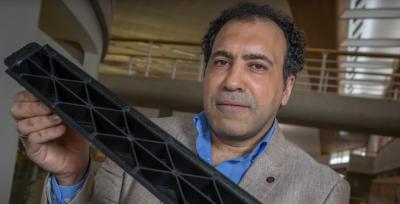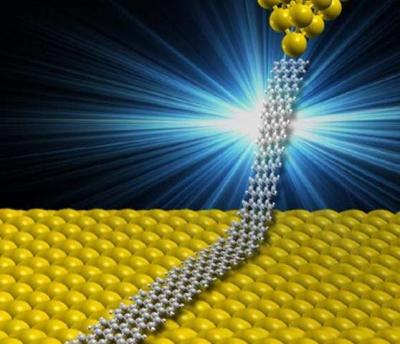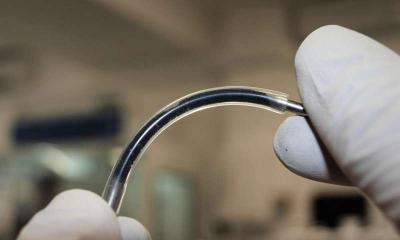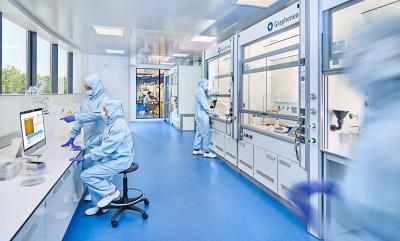A spotlight on the EC's graphene-enhanced composites for automotive project
Scientists at the UK's University of Sunderland are leading Task 10.11 Composites for Automotive, part of the European Commission’s Future and Emerging Technology Flagship. The project is exploring how graphene could be used to create lighter, stronger, safer and more energy-efficient applications and parts for the automotive market.

The University of Sunderland is leading a consortium of five research partners from Italy, Spain and Germany that have been conducting a series of tests with support from Centro Ricerche CRF of Fiat Chrysler Automobiles over the last two years. Graphene was embedded into a polymer and mixed with traditional carbon fiber or glass fiber structural material, to test as the bumper of a car, and allowed the researchers to reduce the thickness of the structural components.






